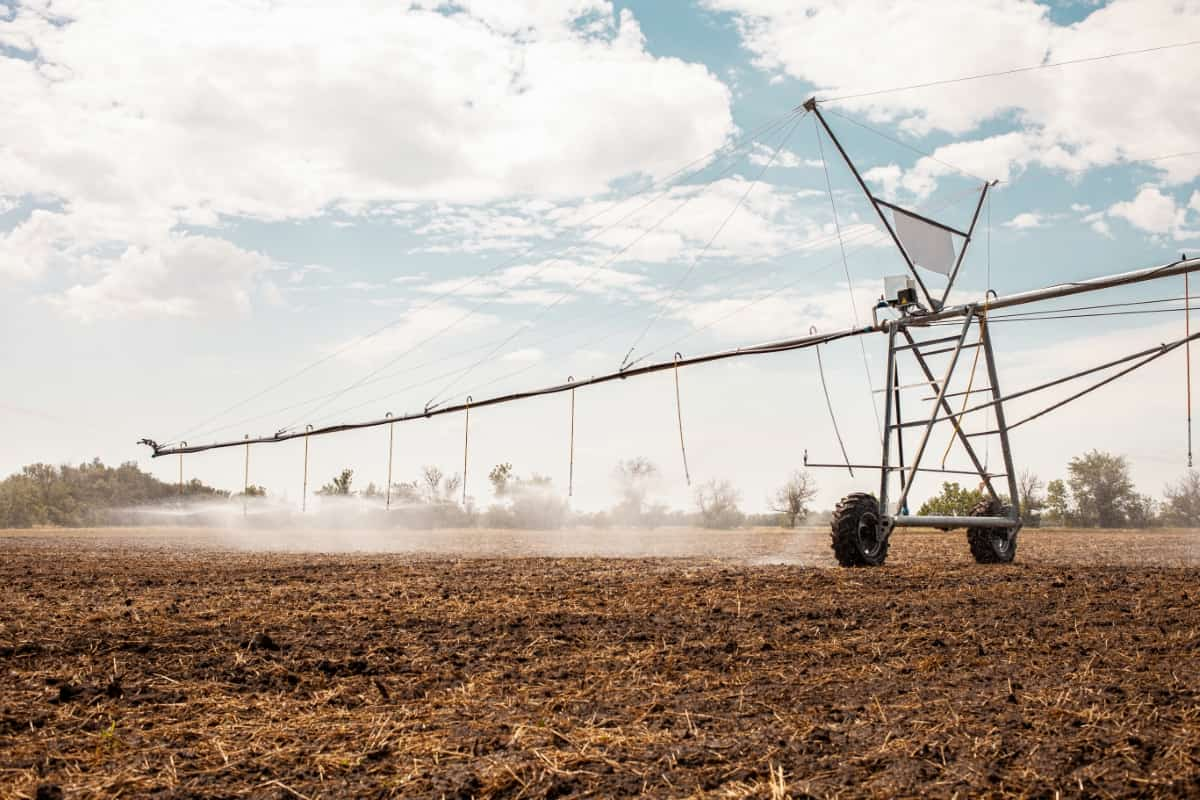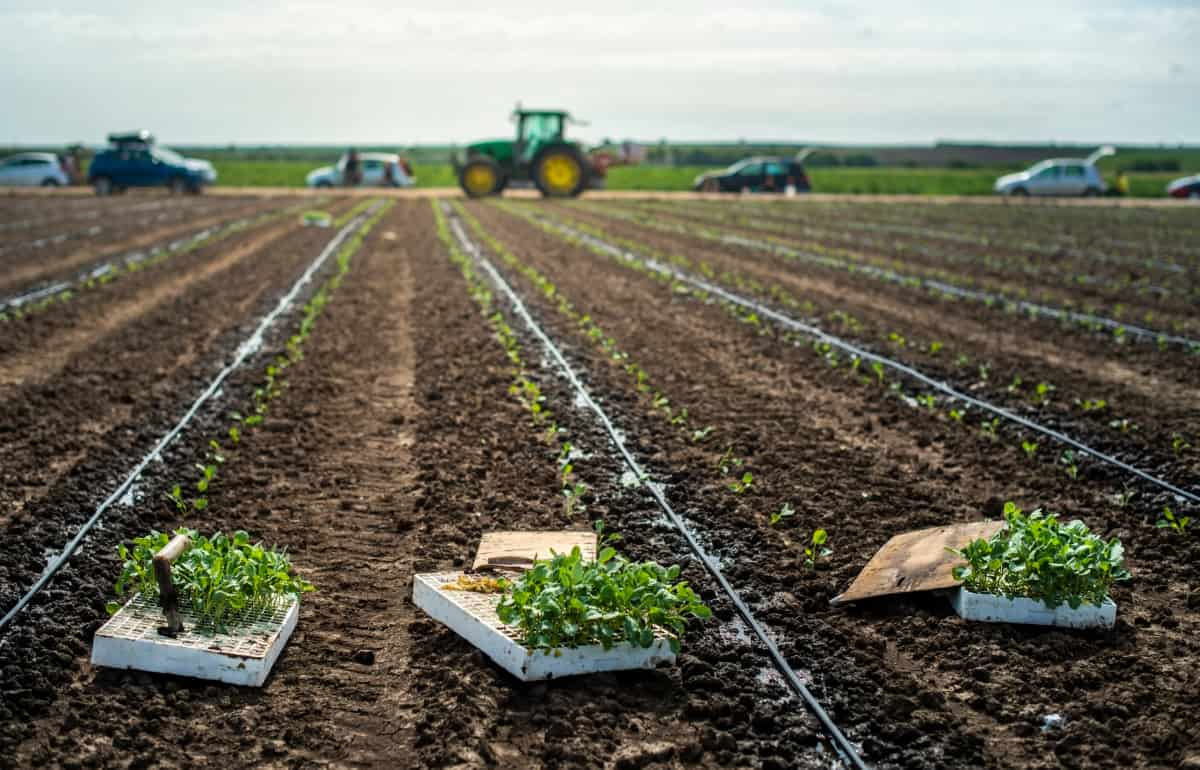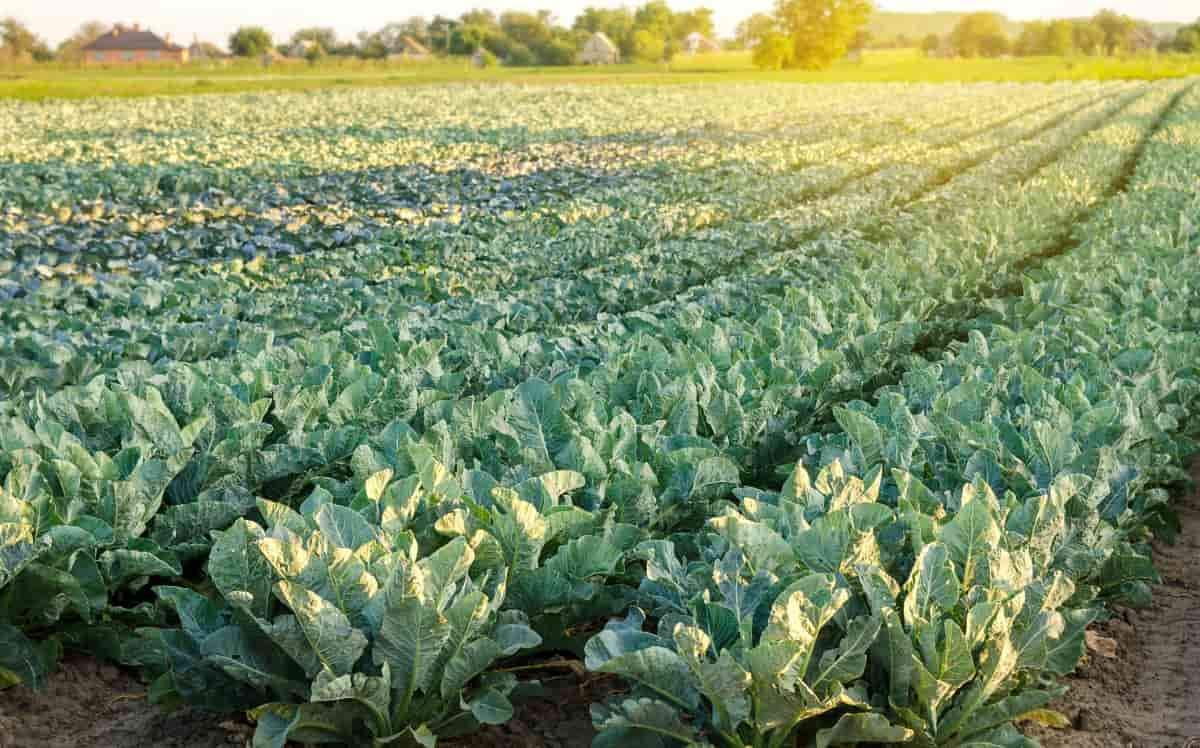Irrigation management is a critical aspect of broccoli farming, involving the careful regulation of water to ensure healthy growth and optimal yields. This article explores various irrigation strategies and practices, addressing climate considerations, pest and disease management, and economic factors to guide effective water management in broccoli farms.

Irrigation Management Strategies for Broccoli
Understanding Broccoli Water Requirements
Broccoli, a popular vegetable crop, demands careful water management for optimal growth and yield. The plant’s water needs vary across its growth stages, from seedling to harvest. Effective irrigation management strategies for broccoli farms start with understanding these water requirements.
Young broccoli plants need consistent moisture to establish strong roots, while mature plants require more water, especially during head development. Over- or under-watering can lead to poor quality produce, hence the importance of tailored water management in vegetable crops. Balancing water input with the plant’s needs is crucial, and this balance hinges on factors like climate, soil type, and the crop’s growth stage.
Types of Irrigation Systems for Broccoli Farms
Various irrigation systems are available for broccoli farms, each with its benefits and drawbacks. Surface irrigation, including furrow and flood methods, is traditional but can be less efficient due to water loss from evaporation and runoff. Overhead sprinkler systems provide even water distribution but can encourage leaf diseases if not managed correctly.
Drip irrigation, increasingly popular in the irrigation of vegetables, delivers water directly to the plant roots, minimizing waste and reducing disease risk. Selecting the right irrigation system depends on factors like farm size, water availability, and soil type. Effective irrigation practices in vegetable crops like broccoli involve choosing a system that maximizes water use efficiency and minimizes waste.
Seasonal Irrigation Planning for Broccoli Crops
Seasonal changes significantly influence irrigation management in vegetable crops. For broccoli farms, developing a seasonal irrigation plan is vital to ensure plants receive adequate water throughout their growth cycle. During the cooler planting season, water requirements are generally lower, but as temperatures rise, so does the need for water.
Irrigation schedules should be adjusted to accommodate these seasonal variations. Effective water management in vegetable crops involves not just the amount of water applied but also the timing of irrigation, considering factors like weather patterns and the crop’s growth stage. Such planning helps maintain soil moisture at optimal levels, promoting healthy broccoli growth.
Efficient Water Use in Broccoli Farming
Efficient water use is a cornerstone of sustainable agriculture, particularly in regions where water is scarce. In broccoli farming, efficiency can be achieved through various methods. One approach is to use irrigation systems that minimize water loss, such as drip irrigation. Another is to implement irrigation schedules based on the crop’s specific water needs and local weather conditions.
In case you missed it: Broccoli Companion Plants: Benefits, What and What Not to Grow with Broccoli

This approach prevents over-irrigation and conserves water. Additionally, methods of irrigation in fruit crops, like regulated deficit irrigation, can be adapted for vegetable crops like broccoli to optimize water use without compromising yield.
Drip Irrigation Techniques for Broccoli Farms
Drip irrigation stands out as a highly effective method for irrigating broccoli. This technique allows precise water delivery directly to the plant roots, ensuring optimal growth conditions and conserving water. In drip irrigation, water is delivered through a network of tubes and emitters, which can be adjusted to meet the specific water needs of each broccoli plant. This method reduces water waste due to evaporation or runoff and minimizes the risk of leaf diseases that can occur with overhead watering.
Soil Moisture Monitoring and Management
Monitoring and managing soil moisture is crucial in irrigation management strategies for broccoli farms. Consistent monitoring allows farmers to understand the moisture levels in their soil, helping them to make informed irrigation decisions. Tools like soil moisture sensors can provide real-time data, enabling farmers to irrigate only when necessary, thus preventing water waste. Managing soil moisture also involves understanding the soil type and its water-holding capacity. Different soils require different irrigation approaches; for example, sandy soils drain quickly and may need more frequent watering compared to clay soils.
Nutrient Management in Relation to Irrigation
Nutrient management is an essential aspect of water management in vegetable crops. In broccoli farming, the way irrigation is managed can significantly impact nutrient availability and uptake. Over-irrigation can lead to nutrient leaching, while under-irrigation can limit nutrient absorption. Efficient irrigation practices ensure that water is applied in a way that optimizes nutrient use.
In case you missed it: Beating the Heat: Techniques to Grow Broccoli in Hot Climates

For instance, in drip irrigation systems, fertilizers can be applied directly to the plant roots along with water, a technique known as fertigation. This method ensures that nutrients are delivered efficiently and in the right amounts, enhancing the growth and quality of the broccoli crop. Balancing water and nutrient supply through smart irrigation practices is key to successful broccoli farming.
Climate Considerations in Broccoli Farm Irrigation
Irrigation management strategies for broccoli farms must account for climate considerations to ensure optimal water use and crop health. Different climatic conditions demand specific irrigation approaches. In arid or semi-arid regions, water conservation is crucial, necessitating efficient systems like drip irrigation. In contrast, areas with high rainfall might require less frequent irrigation but better drainage systems to prevent waterlogging.
Seasonal variations also play a significant role; for instance, hotter summer months usually require increased irrigation compared to cooler seasons. Understanding local climate patterns helps in tailoring irrigation schedules that align with the broccoli crop’s water requirements at different growth stages, thereby ensuring healthy growth and yield.
Integrated Pest and Disease Management through Irrigation
Effective irrigation practices can contribute significantly to integrated pest and disease management in broccoli farming. Over-irrigation often leads to saturated soils, creating an environment conducive to pests and diseases. Conversely, under-irrigation can stress plants, making them more susceptible to pest attacks and diseases.
Employing precise irrigation methods, like drip irrigation, helps maintain optimal soil moisture levels, reducing the likelihood of pest and disease outbreaks. Moreover, certain irrigation techniques can directly aid in pest management; for example, appropriate water application can help wash off pests from the plants. Integrating irrigation management with pest and disease control strategies is thus essential for maintaining a healthy broccoli crop.
Economic Analysis of Irrigation Strategies for Broccoli Farms
Analyzing the economic aspects of different irrigation strategies is crucial for broccoli farms to ensure profitability and sustainability. The initial investment and operating costs vary significantly among irrigation systems. Drip irrigation, while more efficient in water usage, might have higher installation costs compared to traditional methods like furrow irrigation. However, the long-term benefits of reduced water usage and increased crop yield often offset these initial expenses.
In case you missed it: Frequently Asked Questions About Growing Romanesco Broccoli from Seed to Harvest

Additionally, efficient irrigation practices can lead to savings in water costs and potentially higher market prices due to better quality produce. Economic analysis of irrigation strategies should consider both short-term and long-term financial impacts, including the potential for increased yields and reduced water and labor costs. This analysis helps farmers make informed decisions that balance cost-effectiveness with sustainable water management practices.
Conclusion
Effective irrigation management in broccoli farming is essential for maximizing crop yield, minimizing resource waste, and ensuring economic sustainability. Tailoring irrigation practices to specific climate conditions, pest and disease challenges, and economic considerations is key to achieving successful and sustainable broccoli cultivation.
- Feed Your Flock for Less: Top 10 Tips to Save on Chicken Feed
- Ultimate Guide to Ossabaw Island Hog: Breeding, Raising, Diet, and Care
- Hatching Answers: The Top 10 Reasons Your Chickens Aren’t Laying Eggs
- Eggs and Economics: Breaking Down the Cost of Raising Backyard Chickens
- Defend Your Greens: Proven Methods to Keep Iguanas Out of Your Garden
- Ultimate Guide to Cinnamon Queen Chicken: A Comprehensive Guide for Beginners
- Ultimate Guide to California Tan Chicken: Breeding, Raising, Diet, Egg-Production and Care
- Ultimate Guide to Marsh Daisy Chicken: Breeding, Raising, Diet, and Care
- 10 Types of Chicken Farming Businesses You Can Start for Profits